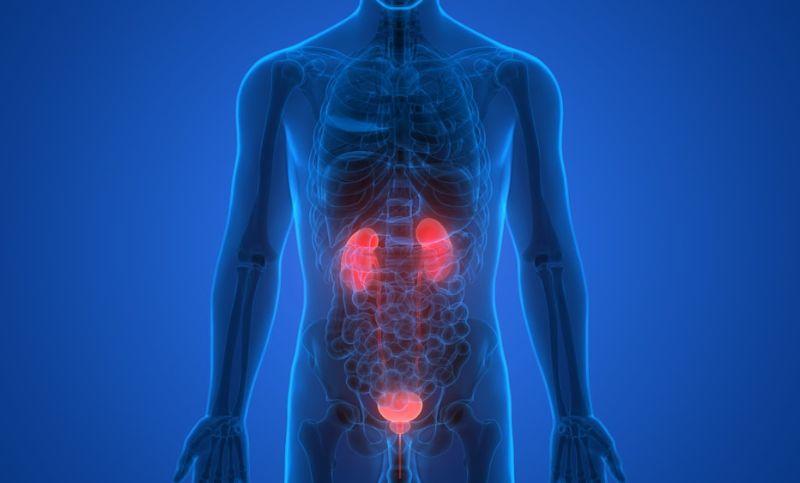Exploring Treatment Options for OAB (Overactive Bladder)
Exploring Treatment Options for OAB (Overactive Bladder)

Overactive bladder, or OAB, is a common condition that affects both men and women, causing sudden and intense urges to urinate and potential urinary incontinence.
OAB stands for overactive bladder, which is a common condition that affects both men and women. It is characterized by a sudden and intense urge to urinate, often accompanied by urinary incontinence or the involuntary loss of urine.
In men, OAB can be caused by an enlarged prostate or other prostate-related issues. In women, OAB can be caused by hormonal changes, childbirth, or menopause. OAB can have a significant impact on an individual’s quality of life, causing embarrassment, anxiety, and social isolation. However, there are various treatment options available for OAB, including behavioral therapy, medication, and surgery, that can help manage the symptoms and improve overall bladder function.
A little while back, we explored overactive bladder (OAD) a condition that affects between 30-40% of men and women at some point in their lives.
What is an overactive bladder?
To put it simply, OAB is the feeling that you need to go to the toilet urgently and frequently. Often people who experience these symptoms will also feel that OAB has an impact on their stress levels and emotions. Without treatment, OAB symptoms can make it hard to get through the day without many trips to the bathroom leading to feelings of embarrassment, loneliness, and isolation. You can learn more about the causes and symptoms here.
Treatments for overactive bladder
It is important to note that there are treatment options available to make life with OAB much more comfortable, and talking to health care professional is the first step you must take. The main treatments for overactive bladder include the following.
Lifestyle changes
There are a number of changes you can make to your lifestyle, which can function as the first step in treating overactive bladder. It is a good idea to try these simple changes before undergoing more invasive options such as medication or surgery. Lifestyle changes can include the following.
- Limit drinks and food that irritate your bladder.
- Maintain a healthy weight.
- Delay going to the bathroom when possible. This trains your bladder to be able to wait longer between trips to the toilet.
- Practice Kegel exercises or pelvic floor exercises which will build up the bladder muscles.
Vaginal pessary
As the name suggests, a vaginal pessary is only an option for women. It is a small, removable device that is inserted into the vagina to reduce OAB symptoms caused by bladder prolapse. There are many different shapes and sizes; a doctor can go over the differences to find the pessary that best fits each patient’s lifestyle. If fitted correctly, the woman will not feel when the pessary is in place, much like a tampon.
Nerve stimulation treatment
Stimulating the bladder nerves through neuromodulation therapy delivers electrical pulses to the nerves, which change how they work. This treatment options target the sacral nerve located at the bottom of the spine that regulates and controls the pelvic floor and bladder muscles.
Bladder Botox
OAB can be treated successfully through injections of Botox into the bladder muscle. When injected into the bladder, frequent muscle contractions can be reduced dramatically. It is important to note, however, that this treatment is temporary and needs to be repeated two or three times a year.
Surgery
Surgery to treat OAB is only for those who have tried other alternative treatments without seeing any significant improvements. If surgery is needed, the goal is to reduce the pressure on the bladder and improve the bladder’s ability to store urine.
It is important to talk to a trusted professional when it comes to your health. If you have any questions about OAB, or would like to book an appointment, please feel free to contact or call Dr Arianayagam’s office on 1300 307 990 and his staff will be able to assist.

Protect Your Kidneys: Simple Habits for Better Health
Keeping your kidneys in shape is vital for reducing the risk of chronic disease. Check out some of our top…

Boost Your Urological Health with the Help of Technology
Check out some of the different technological tools you can adopt to care for your urological health. While we all…






